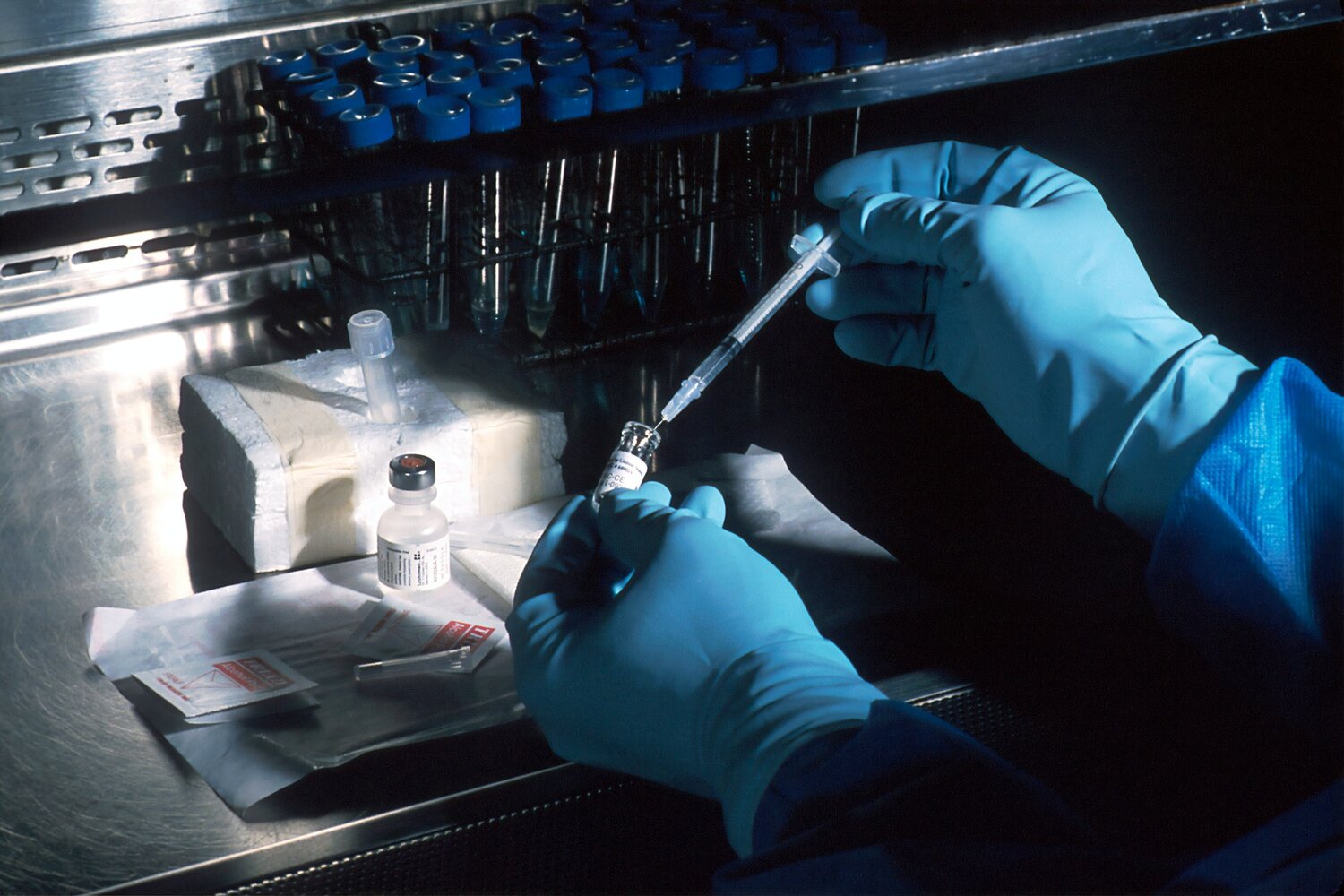
In 2022, Indian Prime Minister Narendra Modi and US President Joe Biden announced an India-US initiative of critical and emerging technology (iCET). The initiative identified several critical sectors to expand bilateral strategic technology partnership between the governments, businesses, and academic institutions. The importance and criticality of this forum has been highlighted by both PM Modi and NSA Doval. However, despite identifying biotechnology as an area for future cooperation, no initiatives have been announced for promoting cooperation in this sector. The upcoming state visit of the Indian Prime Minister to the US is an excellent opportunity to review the progress of iCET and agree on synergies in the domain of biotechnology.
The US Secretary of State Antony Blinken recently remarked that at the heart of the India-US strategic partnership lies their economic ties. It would be prudent to recognise and develop bioeconomy as an important segment of Indo-US ties.
Innovation using Biotechnology and biomanufacturing are enablers of the bioeconomy. India does not have a definition for Bioeconomy, but based on an analysis of sectors included in the bioeconomy, we can conceptualise the bioeconomy to include “innovation or production of value-added products or services from biological resources to accelerate the economy, in terms of GDP growth and employment; enable health security, and create avenues for sustainable development.” Both the US and India have shared their intent to bolster their bio-economies by expanding domestic industrial capacity and research and development capabilities.
There are three chief reasons that warrant higher cooperation between the US and India in this field. In addition to economic potential there is a significant strategic dimension to biotechnology as well. First, US and India’s complementary strengths in research and ability to scale biomanufacturing respectively make them natural allies for economic co-operation. Second, India is the ideal alternative to diversify bio-based supply chains such as biopharmaceuticals or enzymes away from China. Diversified supply chains will be better equipped to tolerate shocks to global public health (as seen with COVID-19) or global geopolitical order (in case of war). India offers a stable, democratic, and expert ecosystem that can lend itself to achieving the scale of China to cater to global needs. Third, there should be combined interest in uplifting biosecurity in this region.
India’s National Biotechnology Development Strategy 2021-2025 projects Indian bioeconomy to be valued at $300 billion by 2030 from $80 billion in 2021. India’s strength has been biopharmaceutical manufacturing - vaccines, therapeutics and diagnostics contribute to 68% of the Indian bioeconomy. The US bioeconomy is already at $1 trillion and the recently unveiled National Biotechnology and Biomanufacturing Initiative commits $2 billion in new investments, including $1.5 billion for research and development and the establishment of new biomanufacturing institutes across the US. There is therefore a shared ambition to use the bioeconomy as an important economic lever. Further, each bio-based job added to the economy has been estimated to add another 1.76 jobs in support sectors. Thus, boosting the biotechnology sector will have spill over effects in terms of job creation.
India-US cooperation can also help diversify supply chains away from China. Currently, global supply chains in the pharmaceutical sector are dominated by China. Biomanufacturing companies are expanding their capacities at a rapid pace but it is still not keeping up with demand. For example, Europe is the leader in bio-fermentation capacity globally. But given the rapid changes in the industry, most of the future bio-fermentation capacity is yet to be built. And China plans to occupy that future space.
In the section dedicated to the bio-economy in China’s 14th five-year plan (as well as a later 2022 standalone document on the bio-economy from the National Development and Reform Commission), biomanufacturing at scale was a central theme across multiple applications such as plastics, oils, and industrial food production. While the US has its own plans for scaling biomanufacturing, only India can offer scaling capacity at a price competitive to that with China.
It would be prudent to use iCET to collaborate on projects that can aid expansion of biomanufacturing facilities. For example, several drugs will have their US patents expire in the coming few years. Governmental mechanisms that allow these companies to preferentially work with India biosimilar manufacturers would provide Indian companies with a first-mover advantage.
Furthermore, the US and India could agree on advance purchase agreements to purchase products with US patents but manufactured in India. Such agreements, for vaccines or therapies, can spur demand and give a boost to India’s bio-manufacturing sector.
Finally, biosecurity must be a key concern for both India and the US. The existing Indo-US biosecurity dialogue needs to be upgraded to include ministerial tracks. India and the US can plan for joint pathogen surveillance exercises, pandemic response exercises and mechanisms to share information. Pandemic simulation exercises are considered as a part of Quad grouping, of which both India and US are members.
There is cautious optimism about the iCET mechanism which promises to significantly deepen India-US partnership through collaboration in critical and emerging technologies. There are reports that the upcoming visit of PM Modi to the US will witness the signing of significant deals under the iCET mechanism to cover jet engines and semiconductors. Bolstering cooperation in the field of biotechnology and biomanufacturing could be the next item on the checklist.